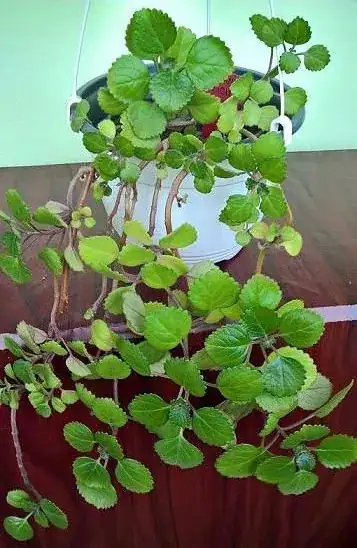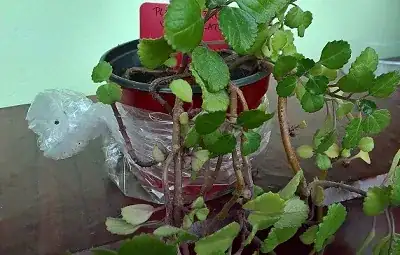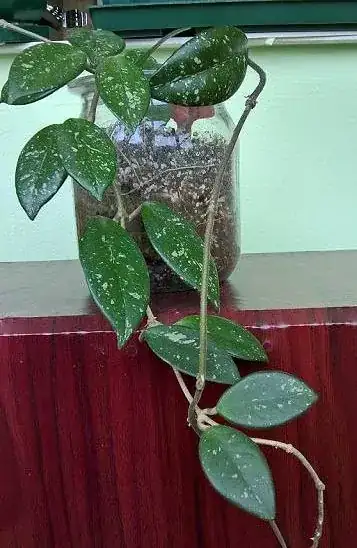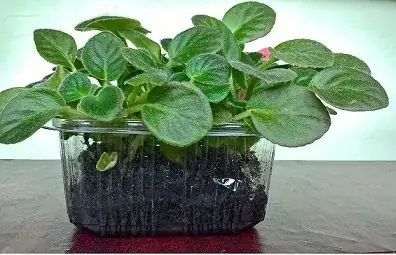I agree with Sherwood Botsford. We have the philodendron all over the office at work. It gets crappy lighting and still grows like crazy. When it touches the ground, I break it off and stick it in another pot. I water mine a little every week, but they can be over and under watered with little ill affect.
The plastic pot inside the decrotive is a good idea as well.
Petunias are another plant that would do well if you had a lot of light and monitored the water a little more closely. They're more work, though. You have to pinch off all the dying flowers every day or it looks like trash and stops blooming.
I think an air plant would work really well, well. Just pop it in there, pull it out and soak it, and pop it back in. Some of them do flower.
Also, you can put the drainage hole in the bottom without much trouble. It'll only drip when you water, so just put a catch cup under it when watering and a paper towel on the floor if you're worried.
Another option that I'm working on for a glass bowl "desert" terrarium, is a way to remove excess water. I'm going to lay down aquarium gravel and a piece of weed cloth cut to go to the edges of the bowl. This will help keep a clean line of dirt and gravel and create a place for excess water to go. To prevent over watering, I'm going to run a piece of aquarium air hose down to the very bottom, through the weed cloth. I'll leave it long and back fill the dirt and plant the succulents. After they're planted. I'll cut the tube down to behind a plant or decorative rock. Then I'll use an extra horse syringe we have to block the mouth of the tube and suck out excess water. This way I don't have to be super obsessive about the amount of water I give my succulents and can prevent root rot.



